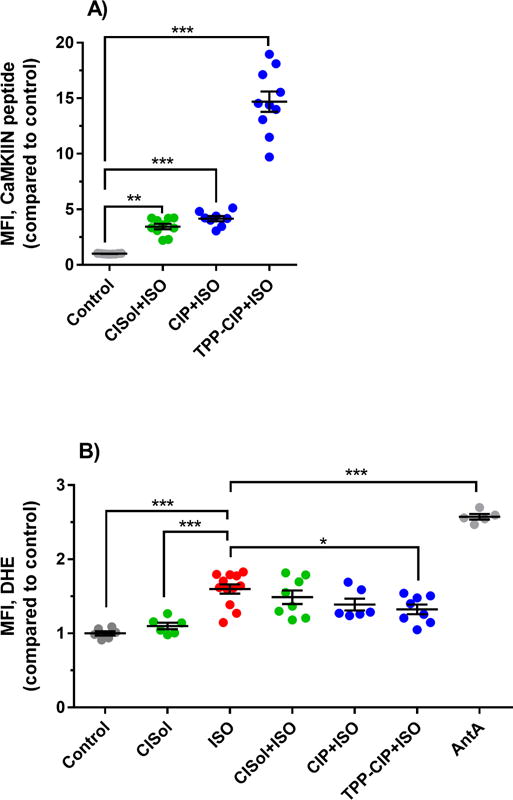Figure 6. Enhanced uptake of, and reduced pro-oxidants levels due to, TPP-CIP in H9c2 cells.

(A) Mean fluorescence intensity (MFI) from fluorescently-tagged CaMKIIN peptide obtained from cells that were incubated with CaMKIIN solution (CISol), CaMKIIN loaded particles (CIP) and TPP-conjugated CaMKIIN loaded particles (TPP-CIP) and treated with isoprenaline (ISO). Data are expressed scatter plots, (n = 8 – 12). One-way analysis of variance with Bonferroni’s multiple comparisons test compared to the control was performed. ***p < 0.001, **p < 0.01. (B) Mean fluorescence intensity (MFI) due to the presence of intracellular pro-oxidants as detected by dihydroethidium oxidation (DHE) obtained from cells that were incubated with CaMKIIN solution (CISol), CaMKIIN loaded particles (CIP) and TPP-conjugated CaMKIIN loaded particles (TPP-CIP) and treated with isoprenaline (ISO). Antimycin A (AntA) was used as a positive control. AntA increased the MFI by 2.6-fold when compared to the control group. Data are expressed as scatter plots, (n = 5 – 12). One-way analysis of variance with Bonferroni’s multiple comparisons test compared to the ISO was performed. ***p < 0.001, **p < 0.01, *p < 0.05.
